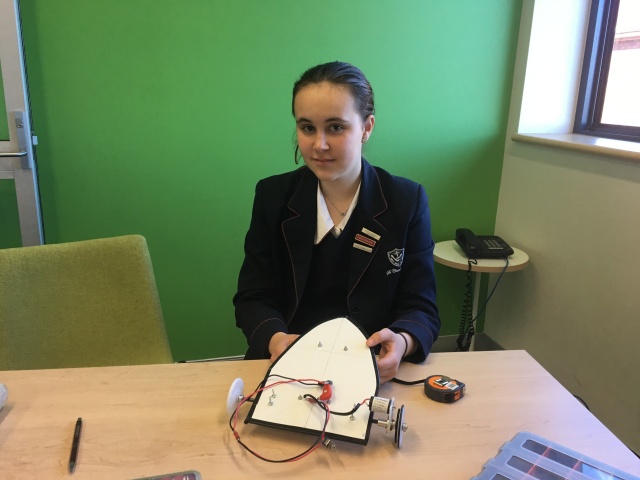As we head into the final week of preparations for the 2019 UNSW Sunsprint Challenge the teams have been busily getting their cars prepared for two days of solar car racing.
The Sunsprint Challenge takes place on the Village Green at UNSW on Friday 6th and Saturday 7th September. Friday is a day for testing out how effective the design process has been as teams get to use the 100 metre track under a variety of conditions. Cars are scrutineered by a team of judges during the day to make sure the race regulations have been adhered to.
Friday is also a day when each team needs to fine tune their car based on feedback from the morning test sessions and the judges. Time trials are held in the afternoon where cars are seeded for the knockout racing on Saturday. It is always fascinating to see how the students work as a team. Teamwork is one of the most underrated aspects of the Challenge and we have seen many competitive teams fall by the wayside under the pressure of competition.
We have six teams presently creating cars for the Challenge. It remains to be seen how many of the teams will be able to have their car ready by next Friday!


























